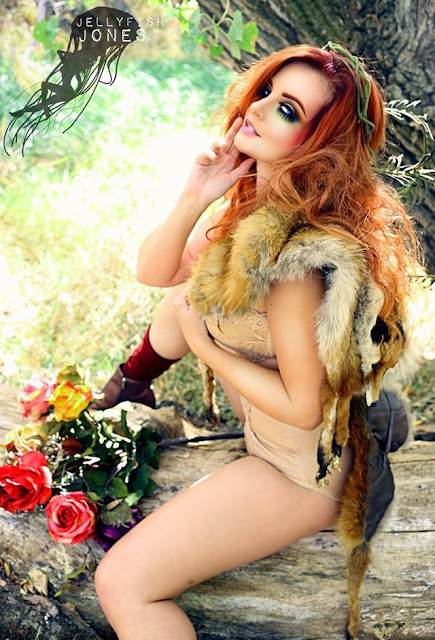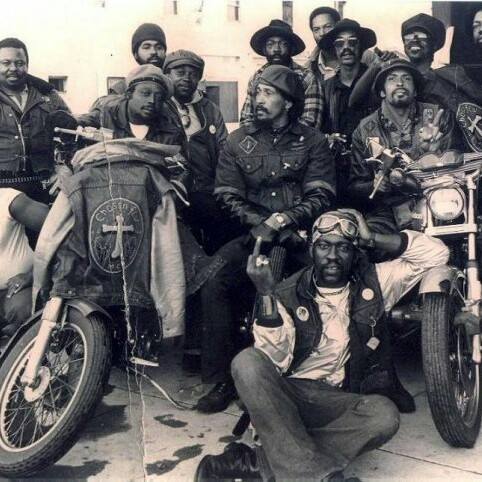Chalchihuitán, Chiapas, masks made of carved cupapé wood, stucco, resin and shell, during the Viceroyalty, were placed at the entrance of the small cave of Monte Virgen to simulate a barrier of guardians that would cause fear to strangers and protect So the ceremonial offering deposited in its interior. They were elaborated between the seventeenth and eighteenth centuries. - anon
I have deep feelings of resentment for this law, this distributive way of being, of eliminating identity!!! There is nothing polite or nice to say about this disruption of the flow of our ancestry! I am thinking about all the nations believing in this mess who are self-eliminating themselves as the white man, who created this system of thought hoped!! - Gregory E. Woods, Keeper of Stories [Creek, Crow, African]
 |
| Members of the Muscogee (Creek) Nation in Oklahoma around 1877, including some with partial European and African ancestry. |
Blood quantum laws or Indian blood laws are those enacted in the United States and the former colonies to define qualification by ancestry as Native American, sometimes in relation to tribal membership. It ignored the Native American practices of absorbing other peoples by adoption, beginning with other Native Americans, and extending to children and young adults of European and African ancestry. ...It also ignored tribal cultural continuity after tribes had absorbed such adoptees and mixed-race children.
A person's blood quantum is defined as the percentage of their ancestors, out of their total ancestors, who are documented as full-blood Native Americans. For instance, a person who has one parent who is a full-blood Native American, and one who has no Native ancestry, has a blood quantum of 1/2. Since re-establishing self-government and asserting sovereignty, some tribes may use blood quantum as part of their requirements for membership or enrollment, often in combination with other criteria. For instance, the Omaha Nation requires a blood quantum of 1/4 Native American and descent from a registered ancestor for enrollment. - anon
A person's blood quantum is defined as the percentage of their ancestors, out of their total ancestors, who are documented as full-blood Native Americans. For instance, a person who has one parent who is a full-blood Native American, and one who has no Native ancestry, has a blood quantum of 1/2. Since re-establishing self-government and asserting sovereignty, some tribes may use blood quantum as part of their requirements for membership or enrollment, often in combination with other criteria. For instance, the Omaha Nation requires a blood quantum of 1/4 Native American and descent from a registered ancestor for enrollment. - anon
*Photo* Members of the Muscogee (Creek) Nation in Oklahoma around 1877, including some with partial European and African ancestry.














































